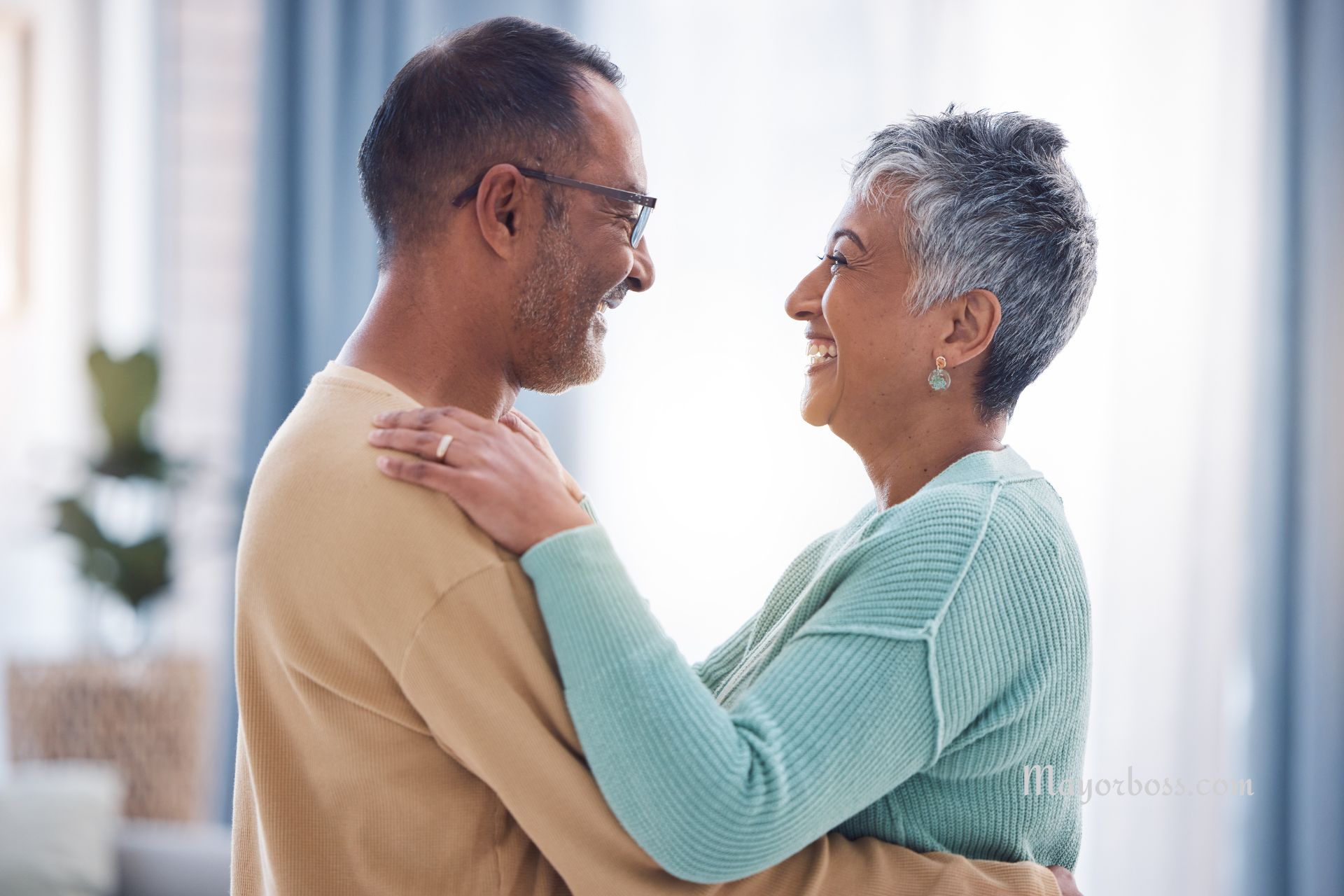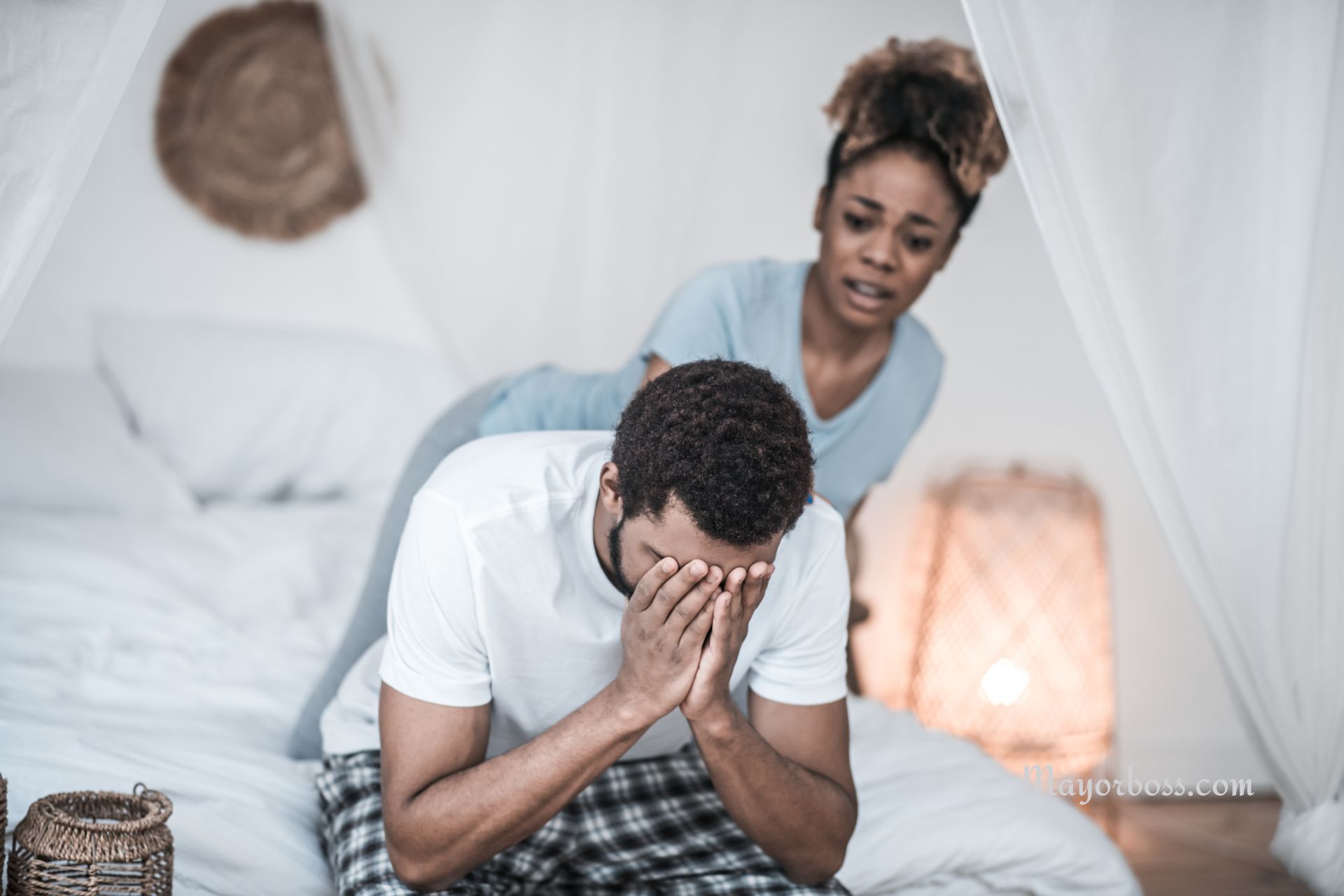Your Pillowcase Can Harbor 17,000x More Bacteria Than a Toilet Seat
Most people wouldn’t think twice about resting their head on a pillow each night. It feels soft. It smells like home. But what if I told you that your pillowcase, if left unwashed for just one week, can harbor 3 million bacteria, which is 17,000 times more bacteria than a toilet seat?
Yes, you read that correctly. Lab tests by Amerisleep have revealed this shocking truth, and it raises an important question: What’s really lurking on your pillow—and what does that mean for your health?
Let’s break it down. Happy reading 🙂!

What’s Living on Your Pillowcase?
Every night, your face and scalp release oil, sweat, dead skin cells, and saliva. If you go to bed with makeup, hair products, or haven’t washed your face properly, even more residue transfers to your pillow. Over time, this creates the perfect breeding ground for bacteria, yeast, and even microscopic mites.
When researchers took swabs of pillowcases used for just seven days, they found bacterial colonies that far outnumbered what was found on toilet seats.
Why? A toilet seat is a hard, non-porous surface that’s often cleaned regularly. A pillowcase, on the other hand, is porous and rarely disinfected. Moisture, body heat, and the fabric itself help bacteria multiply quickly.
Types of Bacteria Found
The bacteria commonly found on dirty pillowcases include:
- Staphylococcus aureus: Can cause skin infections and, in severe cases, respiratory issues.
- Cutibacterium acnes: Linked to acne breakouts.
- Escherichia coli (E. coli): Usually comes from fecal matter, and can lead to stomach infections.
- Fungal spores: These can irritate the skin or worsen respiratory problems like asthma.
This microbial mix isn’t just unpleasant. In some people—especially those with sensitive skin or compromised immunity—it can trigger flare-ups of skin conditions like eczema, acne, or even cause eye infections like styes or conjunctivitis.
Why This Should Matter to You
You spend nearly a third of your life sleeping. That’s a lot of time with your face pressed against a surface that might be crawling with germs.
If you’re dealing with unexplained skin breakouts, scalp irritation, or allergic reactions, your pillowcase might be part of the problem. Even if you practice good hygiene, a dirty pillowcase can work against your efforts.
And if you’re someone who lets pets sleep on the bed or goes to bed without showering, the bacterial load increases even faster.
How Often Should You Wash Your Pillowcase?
Most experts recommend washing your pillowcase every 2 to 3 days. That might sound like a lot, but if you consider the buildup that occurs in just one week, it makes perfect sense.
Here are some tips:
- Use hot water (at least 60°C or 140°F) to kill bacteria and dust mites.
- Dry completely in a dryer or under the sun to reduce moisture.
- Have backups so you can rotate pillowcases while the others are in the wash.
- Use fragrance-free detergent if you have sensitive skin.
What About Your Pillow?
While pillowcases are the first line of defense, the pillow underneath can also collect dust, sweat, and bacteria over time.
- Wash synthetic pillows every 3 to 6 months (check the care label).
- Replace your pillow every 1 to 2 years, depending on use.
- Consider using a zippered pillow protector that you can wash weekly.
Signs Your Pillowcase Might Be Harming Your Skin
Look out for:
- Frequent acne breakouts around your cheeks or jawline
- Itchy or red eyes in the morning
- Greasy or irritated scalp
- Unexplained facial rashes or allergic symptoms
If you notice any of these signs, your pillow hygiene might need a refresh.
Simple Habits That You Need to Know
Improving your sleep hygiene doesn’t require fancy tools. Just consistency. Here’s a quick guide:
- Wash your face before bed: Even if you didn’t wear makeup.
- Tie your hair back if it’s long and contains styling products.
- Shower at night if you’ve been sweating or outside all day.
- Don’t let pets sleep on your pillow.
- Change your bedding regularly, not just the sheets but also the pillowcases.
Final Thoughts
Your pillowcase may look clean, but appearances can be deceiving. In just one week, it can collect enough bacteria to rival a toilet seat. If you care about your skin, your health, and your sleep quality, this isn’t something to overlook.
The fix is simple: wash your pillowcase every few days. It’s one of the easiest ways to protect your skin, reduce acne, and support overall cleanliness in your sleep environment. After all, your face deserves better than sleeping on a bacteria farm.






